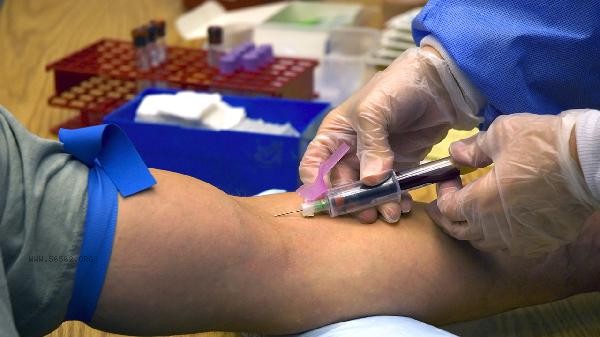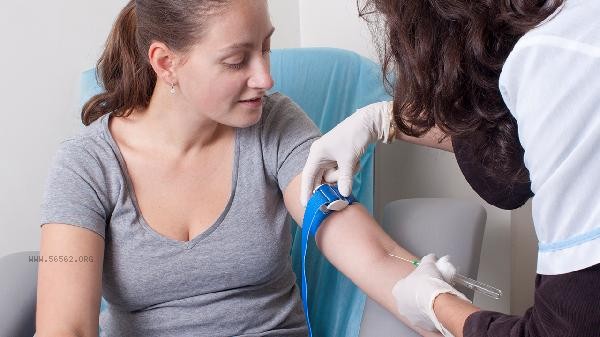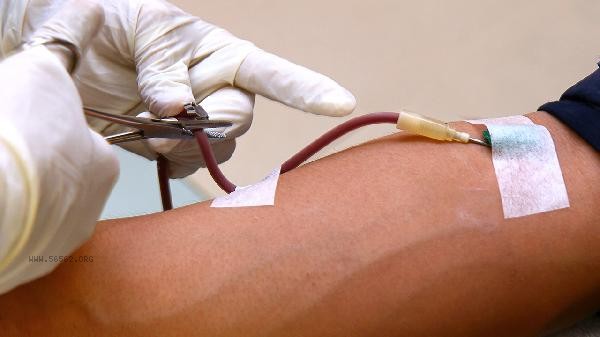The endocrine function test is mainly completed through blood sampling, and some items may involve urine collection or drug stimulation testing. Common examination methods include venous blood collection, dynamic hormone monitoring, and stimulation inhibition tests.

1. Venous blood collection:
Basic hormone level testing usually requires fasting venous blood collection, such as thyroid function five items, sex hormone six items, etc. Blood collection should be done between 8-10 am, when hormone secretion is more stable. Some projects require multiple blood samples to observe fluctuations, such as cortisol circadian rhythm testing, which requires sampling at 8:00, 16:00, and 24:00.
2. Dynamic monitoring:
Glucose tolerance tests and other tests require multiple blood draws to observe hormone changes. Blood samples were collected at 0 minutes, 30 minutes, 1 hour, 2 hours, and 3 hours after oral glucose administration, and insulin and blood glucose curves were plotted. Diagnosis of growth hormone deficiency requires blood collection at multiple time points after exercise or medication stimulation.
3. Stimulation test:

Hypothalamic pituitary function assessment often uses drug stimulation combined with blood collection. The thyroid stimulating hormone releasing hormone test requires multiple blood samples to be taken after intravenous injection of TRH to measure TSH values. The ACTH stimulation test detects cortisol secretion ability by injecting adrenocorticotropic hormone.
4. Inhibition test:
Some hyperactive diseases require drug inhibition and blood sampling verification. The dexamethasone suppression test determines Cushing's syndrome by detecting cortisol levels after medication. Glucose inhibition test is used for diagnosing growth hormone tumors.
5. Urine testing:
24-hour urine free cortisol, catecholamine metabolites, etc. need to be collected in daily urine. Urine iodine testing can indirectly reflect thyroid function. Some hormone metabolites have more stable concentrations in urine and are suitable for long-term monitoring.

Avoid vigorous exercise and alcohol consumption for 3 days before the examination, and adjust hormone medications according to medical advice. On the day of blood collection, wearing loose clothing is convenient for blood collection. For those who feel dizzy, it is recommended to operate in a supine position. During dynamic testing, it is necessary to maintain a resting state to avoid stress interference with the results. Partial stimulation tests may cause brief palpitations or dizziness, and observation should be conducted for 30 minutes before leaving the hospital. It is recommended to establish a fixed testing institution and time point for long-term hormone monitoring to reduce instrument errors.








Comments (0)
Leave a Comment
No comments yet
Be the first to share your thoughts!